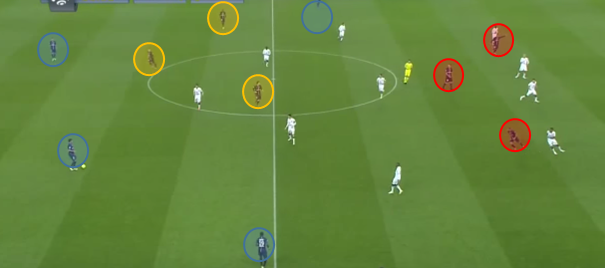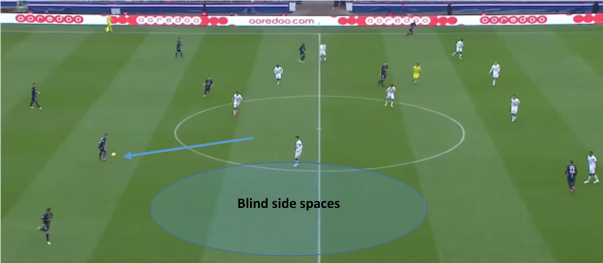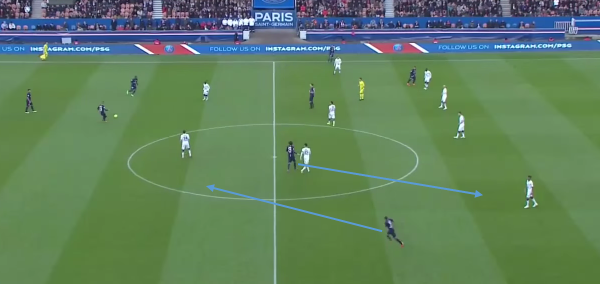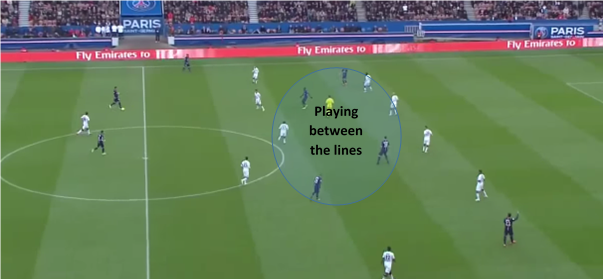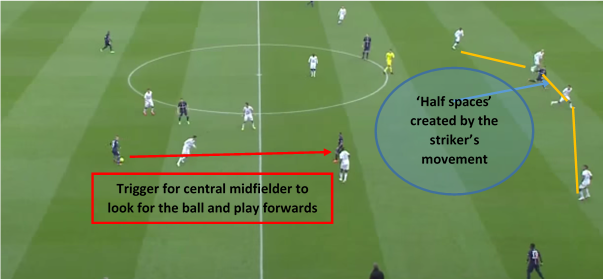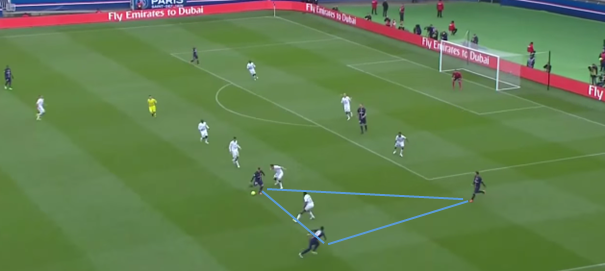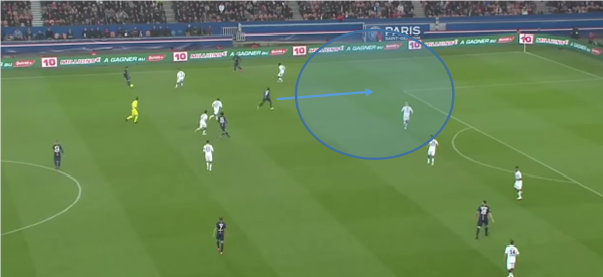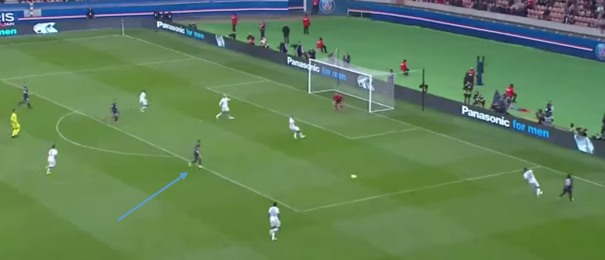By Alex Trukan
One of the advantages of a 4-3-1-2 system is having an overload in midfield (when playing against 4-4-2) without sacrificing the amount of forward players. Playing with a triangle, whether it’s a point up or down, makes supporting of the striker easier, and at the same time, remaining balanced in defence with one holding player. The profile of the midfielders is evolving into multidimensional role, combining qualities to support building up from the back (movements to receive, support, using blind space, passing and receiving range and quality) as well as attacking on the opposition’s half (playing off striker’s shoulder, combination play, through balls, movements to support wing play or shots from distance). Apart several characteristics that remain the same despite of the team tactics, there are also components that change depending on the formation and system employed.
Team Shape – Understanding Context
In order to understand the attacking profile of the midfielders in a given formation, it is important to be aware of the whole team tactics – understand the context. As we can see below, when attacking, the team plays with 2 central defenders at the back, 1 defensive midfielder, 2 fullbacks and 2 midfielders in a line, and 3 forward players up front (wingers coming inside). Defenders marked on blue, midfielders – orange, forwards – red.
Movements to Support Playing Out from the Back – Attacking from the Own Half
When building up from the back, it is useful to shift the opposition to one side (by using full backs or central defenders positioned wide) in order to create ‘blind side’ spaces. These spaces emerge on the opposite side of the pitch in relation to where the ball is and might be used by one of the midfielders to drop into and act as a ‘link up’ to use full backs, who make forward runs onto the opposition half.
Another pattern that may be developed is a vertical movement of a winger and a midfielder. That in turn encourages winger to drive forwards upon receiving or go in behind of the opposition defence (midfielder making a run).
Creating Chances and Scoring – Attacking on the Opposition Half
As the ball is transferred into the opposition half, the spaces get tighter and therefore, players have less time on the ball. Clever midfielder would gain extra seconds by playing in between the lines, in ‘half spaces’. That might enable them to receive on a turn to combine with strikers and progress into final third straight away.
‘Half spaces’ can be also created by striker’s movement in behind. That might be used by a direct pass, however, it also adds spaces for midfielders to use. Timing of showing up to receive should not enable defensive line of the opposition to push up again.
Because, in the presented system, the central striker rather looks for finishes in the box, it is crucial for midfielders to support play on the wings. Not only supplying wingers and full backs with passes, but also creating situational overloads by dragging opposition midfielder’s pressure is important.
Apart from that, it is also expected from a central midfielder to make forward runs on the wings. That is triggered by winger’s movement inside the pitch and full back staying deeper. End product is required, whether it’s a cross or dribble. Also it might be used to recycle the ball and switch play (full back on the opposite side may join as the ball side full back dropped back).
[wpsharely id="2988"][/wpsharely]However, the priority for midfielders would be to make forward runs in the central areas, into the penalty box. One or two other midfielders would then provide defensive cover. The priority for the winger is to deliver a ball to the striker, therefore, midfielders would be looking to occupy spaces in behind him as well as wait for second balls and rebounds.
The attacking movements made by midfielders will depend on the players around them and employed tactics. No two formations are the same as the players differ and therefore, attacking strategies of central midfielders should also be adapted to the team characteristics.
By Alex Trukan, Development Coach, Nottingham Forest

